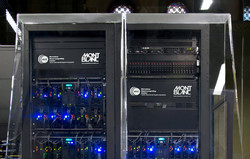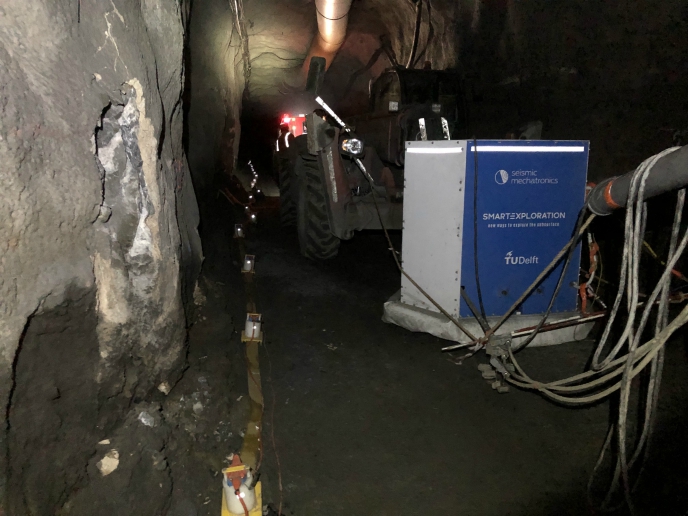Designing high-performance computers based on mobile technology
Within a few years from now, supercomputers are expected to reach Exaflops (1018 floating point operations per second) performance levels - but they will have to do so with limited power budgets (less than 20 MW) and an increasing complexity both in hardware and software. The scaling up of current technologies will not be enough to meet this target. This is where the EU’s MONT-BLANC projects come in, involving 22 industrial and research partners in seven European countries, in three rounds of funding totaling €24m. Since MONT-BLANC 1 began in 2011, its researchers have been studying computer architecture using the kind of Systems-on-Chips (SoCs) embedded in mobile phones and tablets. MONT-BLANC, with the ambition of setting new HPC standards for the coming Exascale era, has focused on transferring some of this technology to supercomputers so that they can process more information, with the same power, in the same space, and for less money. The mobile device market is largely dominated by SoC processors designed by the British company ARM, partner of the MONT-BLANC project. But such low-power, commercially available technology had never been used before in HPC systems until the MONT-BLANC project came along. 'One of the major achievements of MONT-BLANC is the deployment of a large ARM-based prototype based on over 1,000 mobile SoCs,' explained Filippo Mantovani, senior researcher at the Barcelona Supercomputing Center, which coordinated stages 1 and 2 of the MONT-BLANC project. 'This is a unique platform where it is possible to test and study applications at scale and develop a fully functional system software stack for ARM-based supercomputers,' he said. MONT-BLANC 2, which runs till September 2016, has further developed the stack and its Exascale architecture, while tracking the evolution of ARM-based systems and supporting end users running applications on the prototype. A MONT-BLANC End-User Group has been created, consisting of representatives from various industries – automotive, energy, oil and gas, aerospace, pharmaceutical and financial – testing the various novel architectures produced by the project and providing feeding back to the researchers. “We plan to gather final results from the end users for the end of summer 2016. So far, we have observed that all of them have ported their code to our platforms with minimal effort, and this is very promising,” said Dr Mantovani. Now MONT-BLANC 3 is underway, led by France’s Bull and funded by the EU’s Horizon 2020 program. It aims to design a new high-end HPC platform by 2019 that will deliver an even better performance/energy ratio when executing real applications. The project is also developing the software ecosystem that ensures the market will accept the ARM architecture path. 'Power consumption is a major hurdle in the race to Exascale,' commented Etienne Walter, MONT-BLANC 3 coordinator. 'The path explored by the project so far is extremely promising. We are confident mobile technologies, together with the software solutions generated within the MONT-BLANC project, can be leveraged for scientific computation and that they will be at the heart of some of the first Exascale supercomputers.' More information about Mont Blanc can also be found on Twitter.
Keywords
MONT-BLANC, energy efficiency, exascale, SoCs, supercomputer, power consumption, ARM





